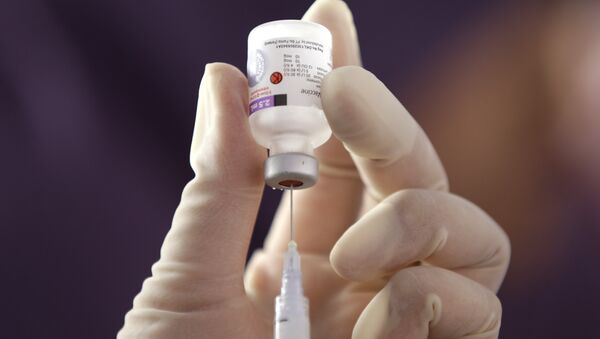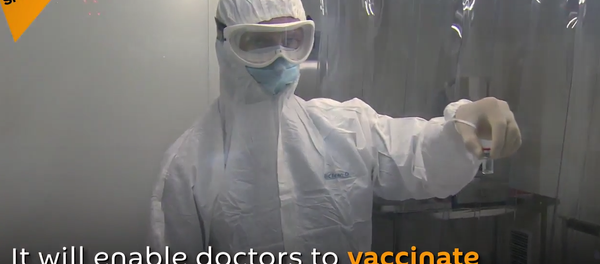A new medical technology is in development by researchers at the Massachusetts Institute of Technology (MIT) to combine every single nasty hypodermic-needle inoculation into one single shot, a move that will surely cause many families to breathe a sigh of relief, and could go a long way toward eradicating stubborn diseases globally.
As described in the journal Science, the technology — a method of storing all those necessary vaccines in microcapsules that release within the body at specific times — has worked successfully in mice, according to a report by the BBC.
The list of necessary vaccines, including diphtheria, tetanus, whooping cough, polio, Hib and hepatitis B at the ages of eight, 12 and 16 weeks; a pneumococcal shot at eight weeks, 16 weeks and one year; the men B vaccine at eight weeks, 16 weeks and one year; the Hib/Men C vaccine at one year — as well as the ever-popular measles, mumps and rubella shots that occur at one year and at three years and four months — could now be bundled into one shot, a medical advancement unthinkable even ten years ago.
Reminiscent of a tiny cup filled with vaccine material and sealed by a lid that can be modified to break down and release its contents at a specific time, the new MIT-designed micro-particle could be used to combine all of those vaccines into a single jab.
In a set of preliminary tests conducted by the MIT researchers and reported in the journal Science, contents of the ‘cups' were modified to release at precisely nine, 20 or 41 days after being injected into laboratory mice.
Recent developments show that ‘cup' particles that release their contents hundreds of days after injection are viable, according to the researchers. The new technology remains to be tested on humans, but that day is not far off, according to MIT Professor Robert Langer.
"We are very excited about this work," Langer detailed, adding, "For the first time, we can create a library of tiny, encased vaccine particles, each programed to release at a precise, predictable time, so that people could potentially receive a single injection that, in effect, would have multiple boosters already built into it."
Noting that ease and efficiency in getting vaccines into less developed areas of the world will have a positive effect on world health, Langer observed, "This could have a significant impact on patients everywhere, especially in the developing world."
A fellow MIT researcher observed that an all-in-one vaccine could "be the difference between not getting vaccinated" and receiving any vaccine at all, cited by the BBC.



